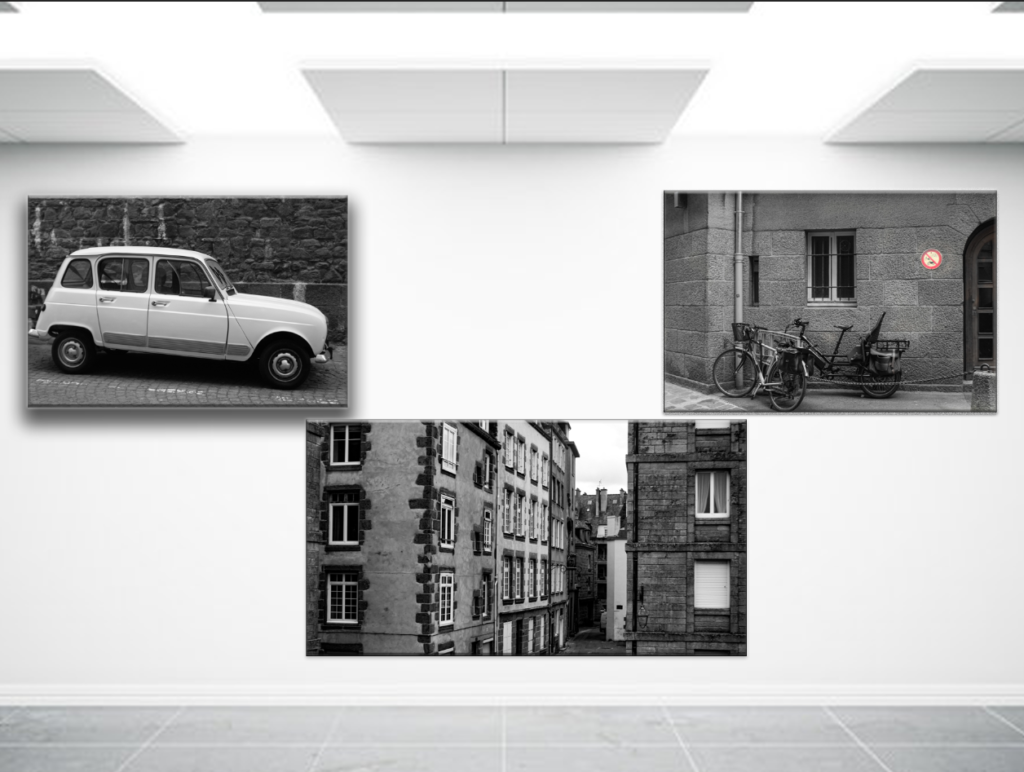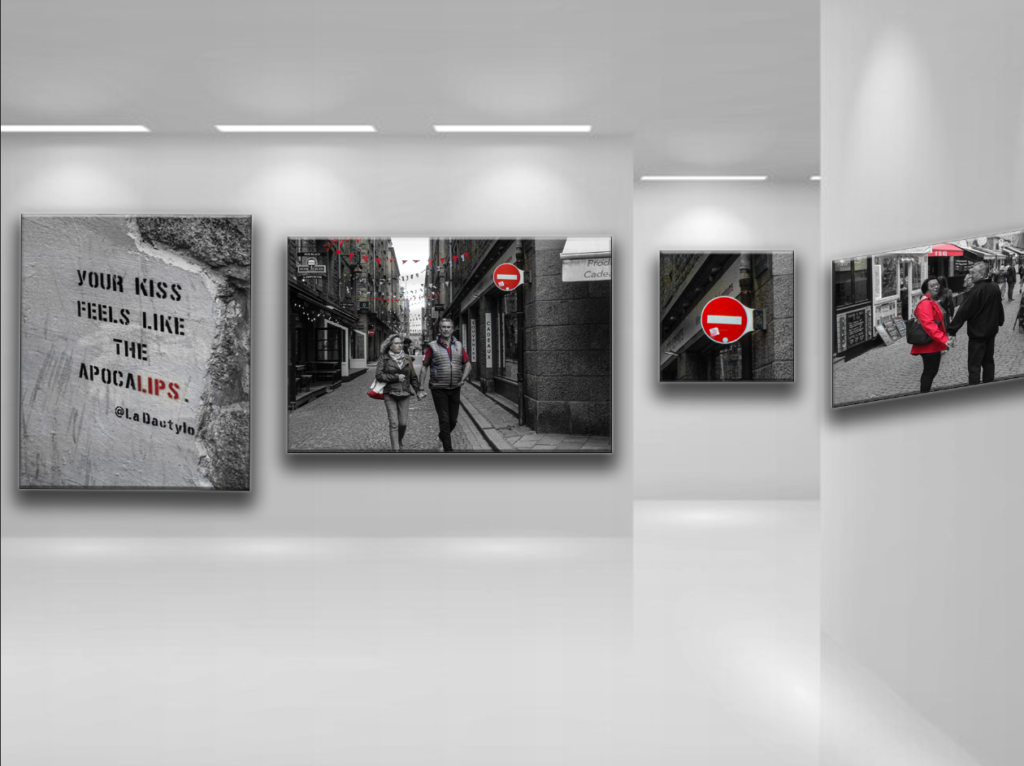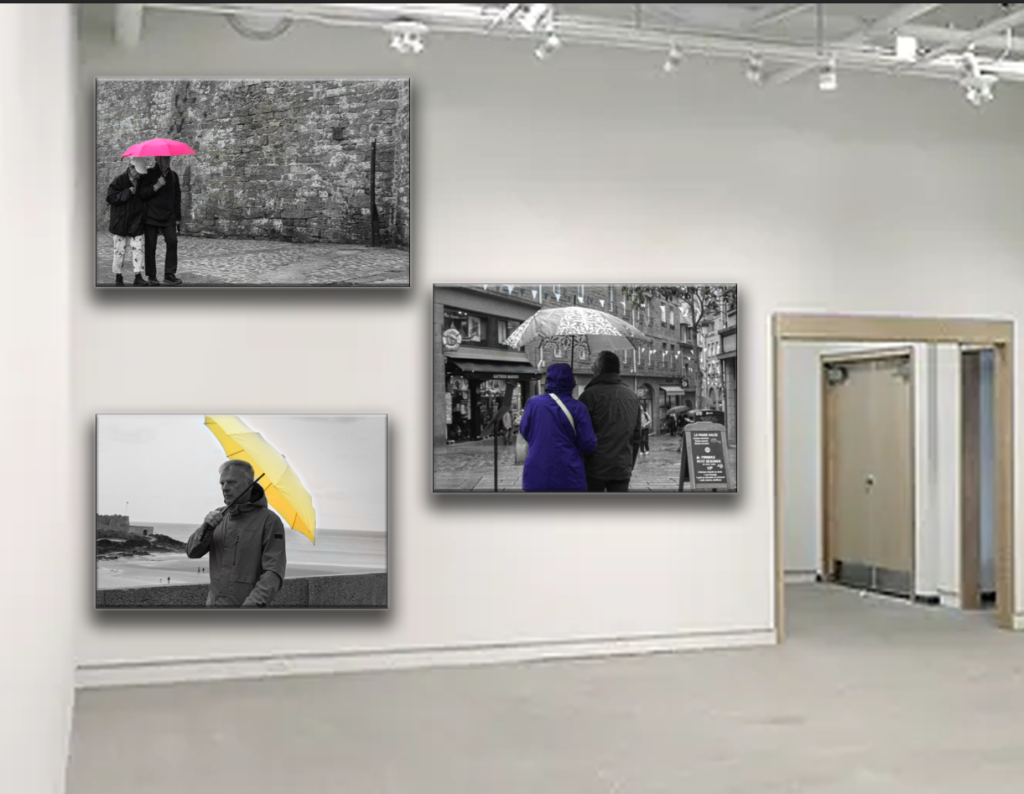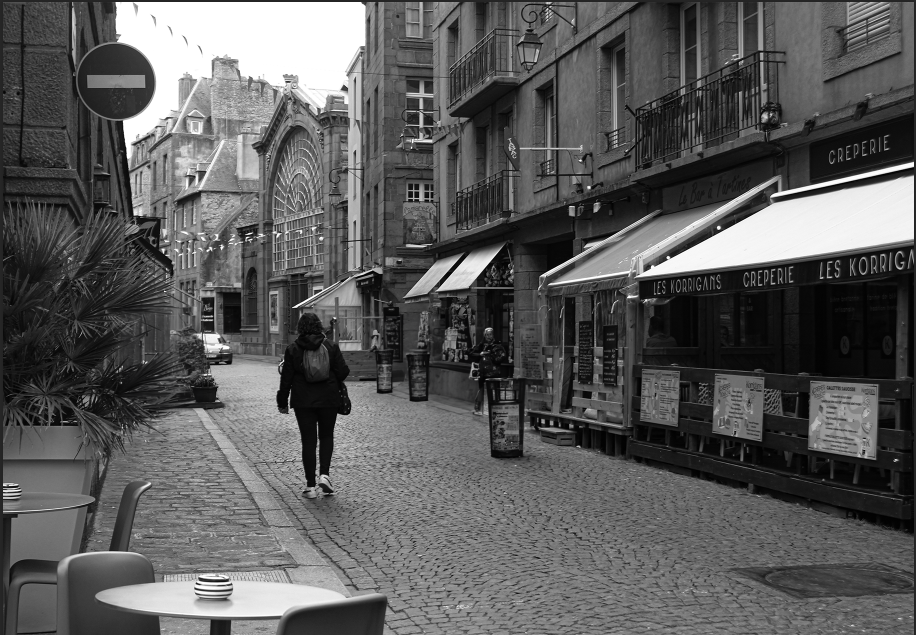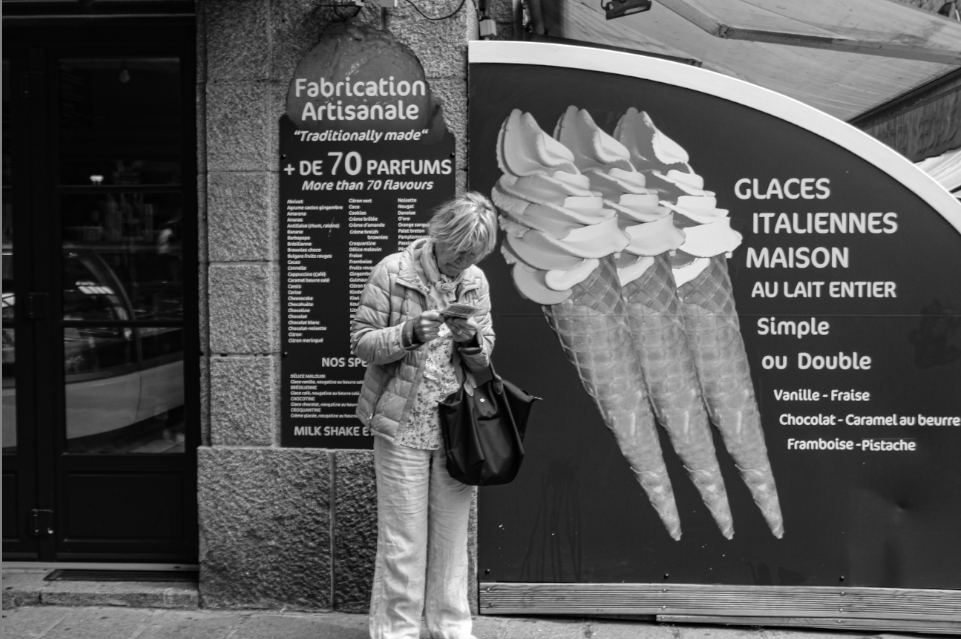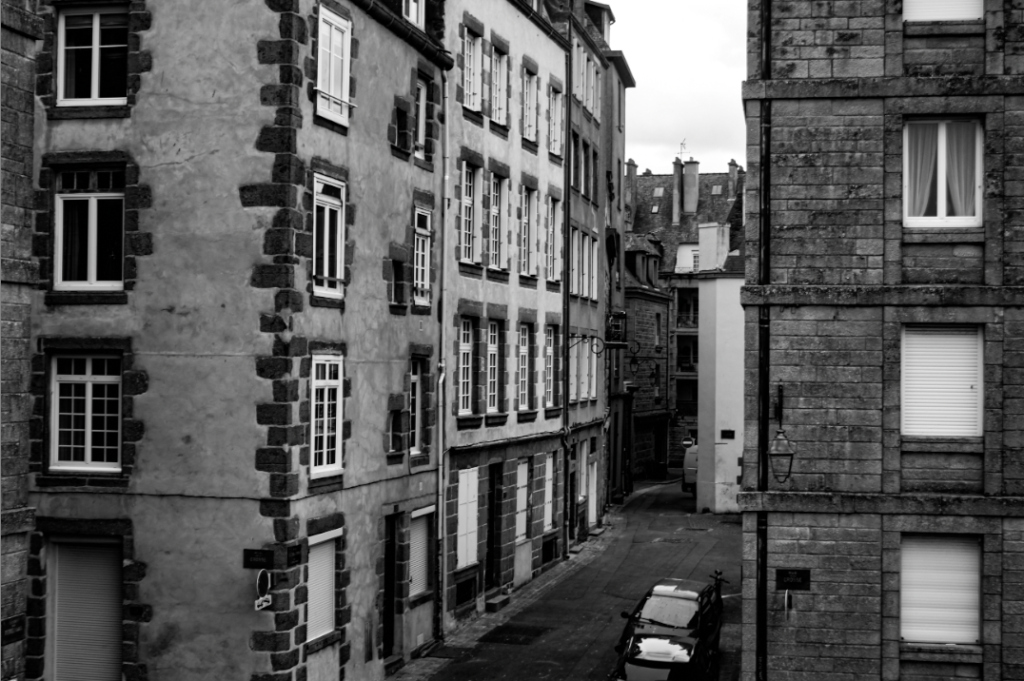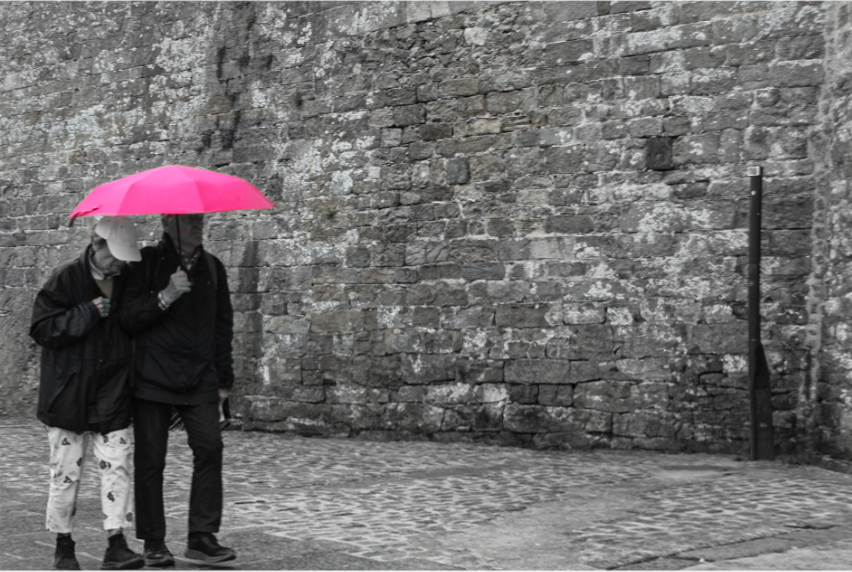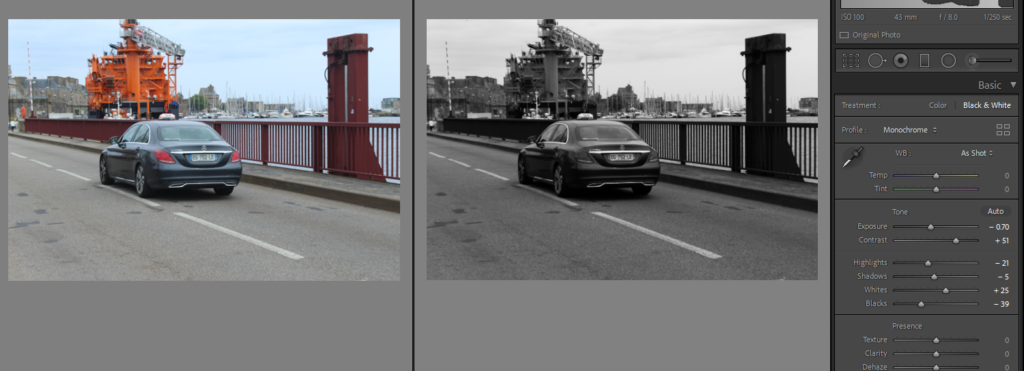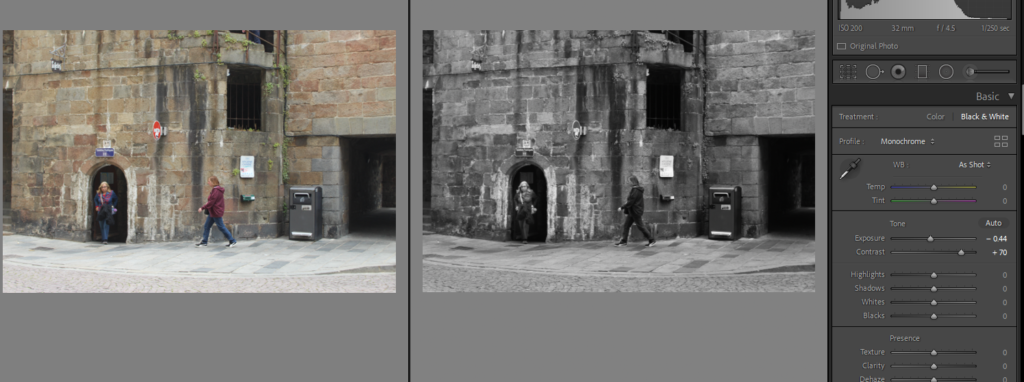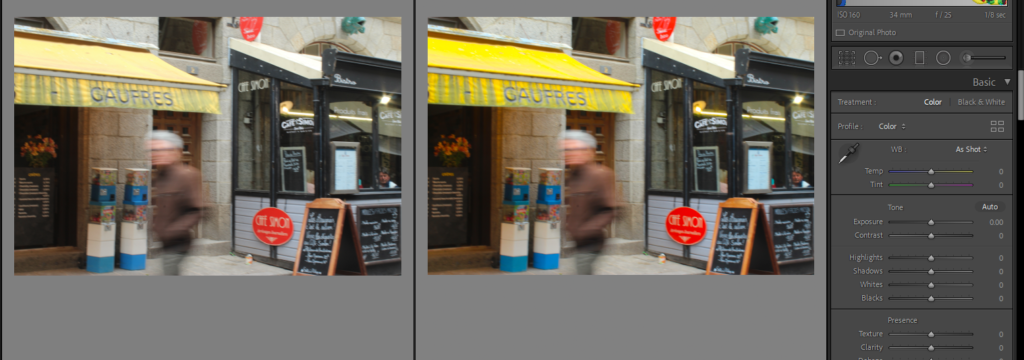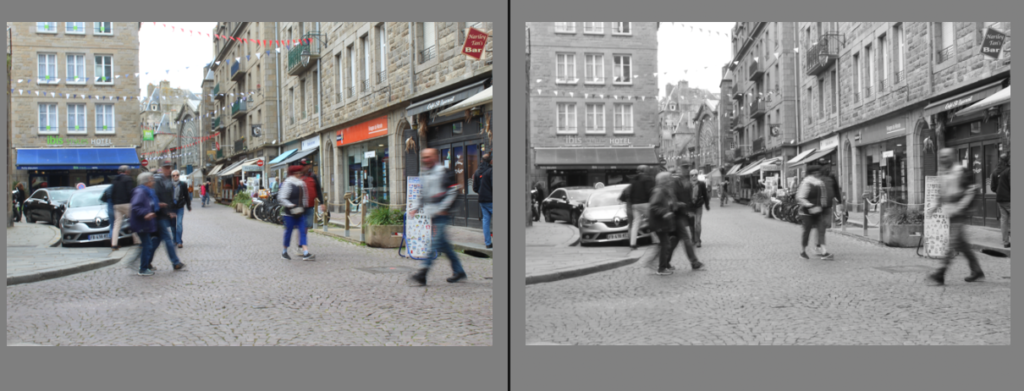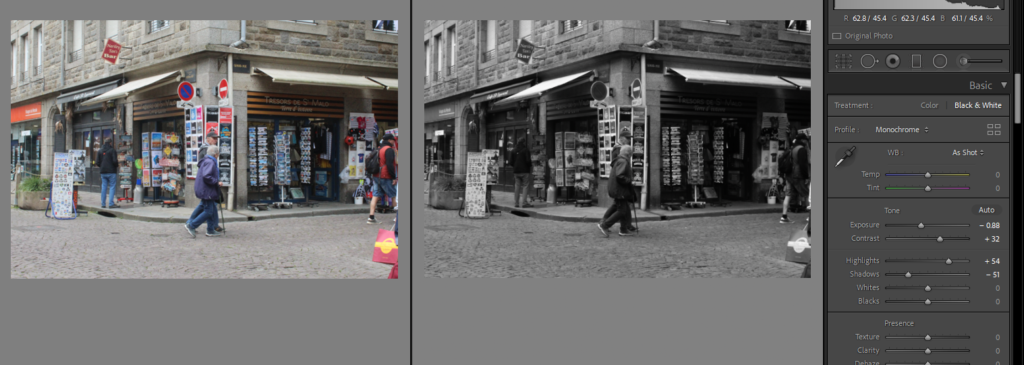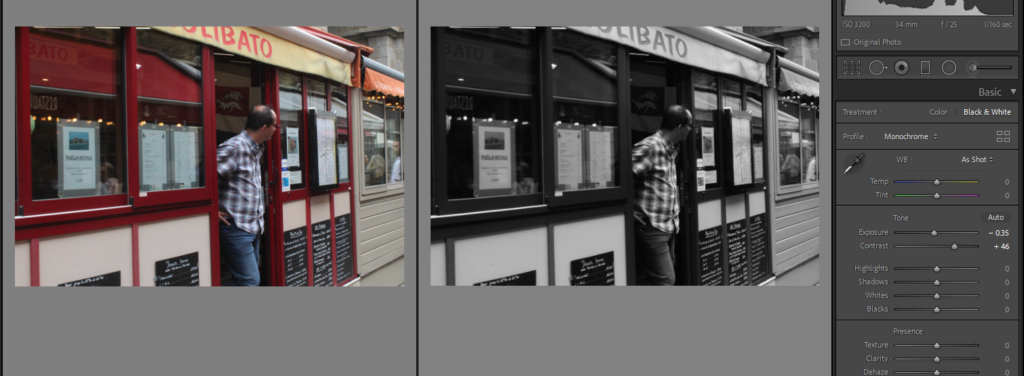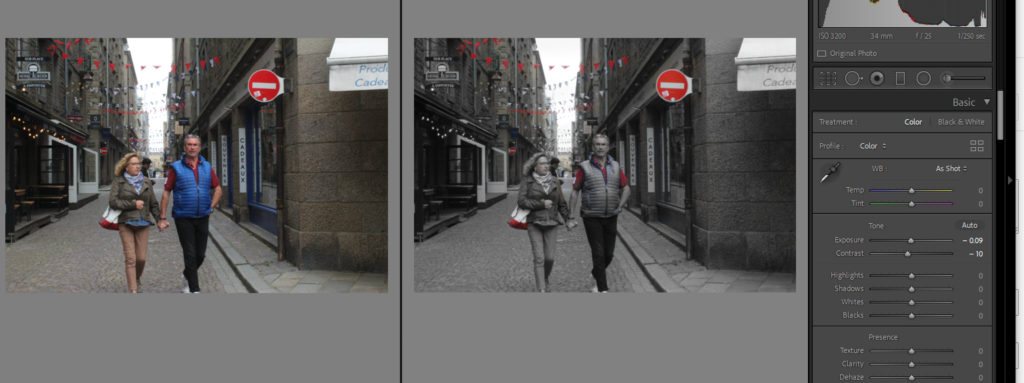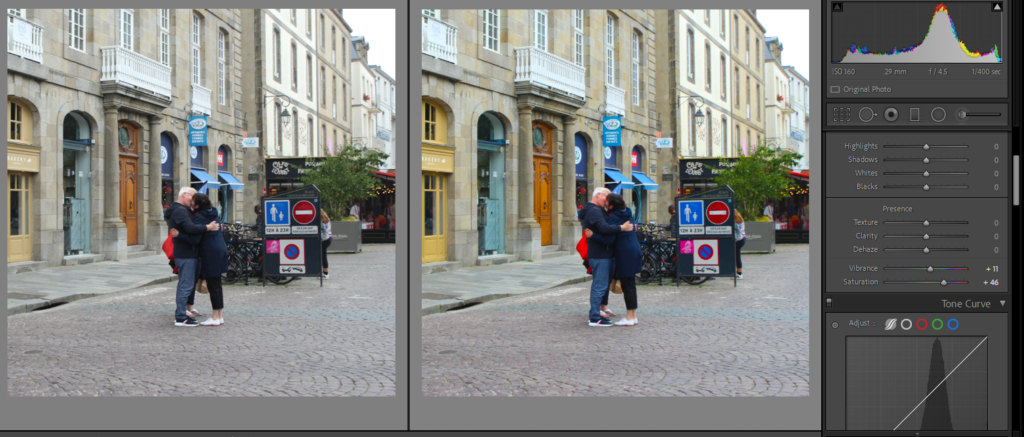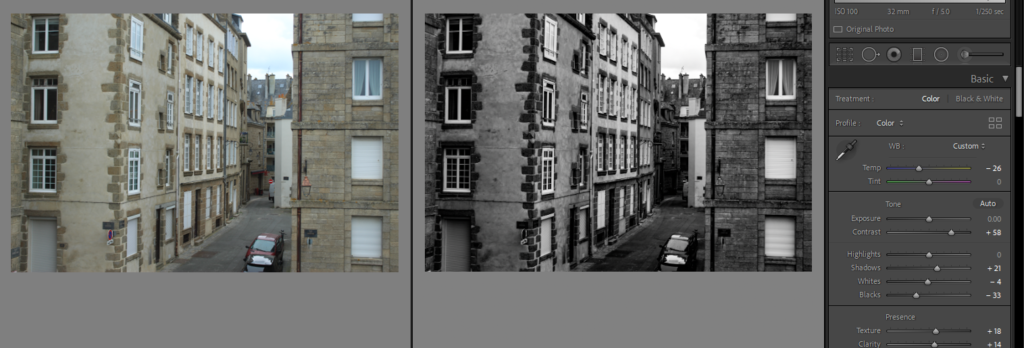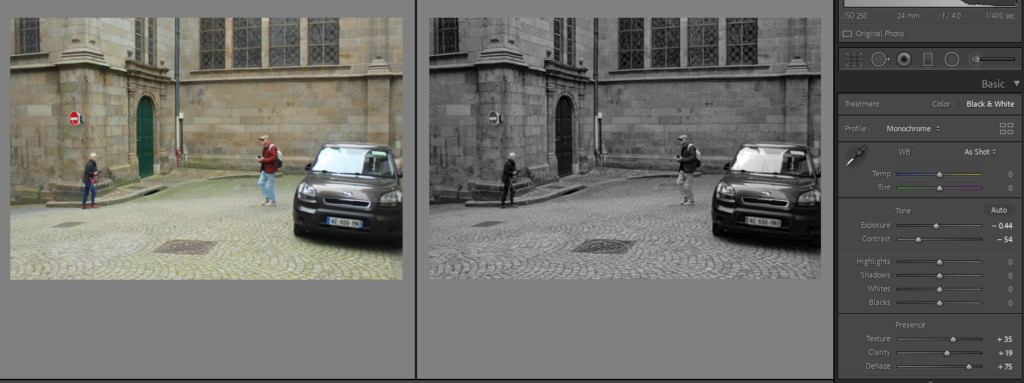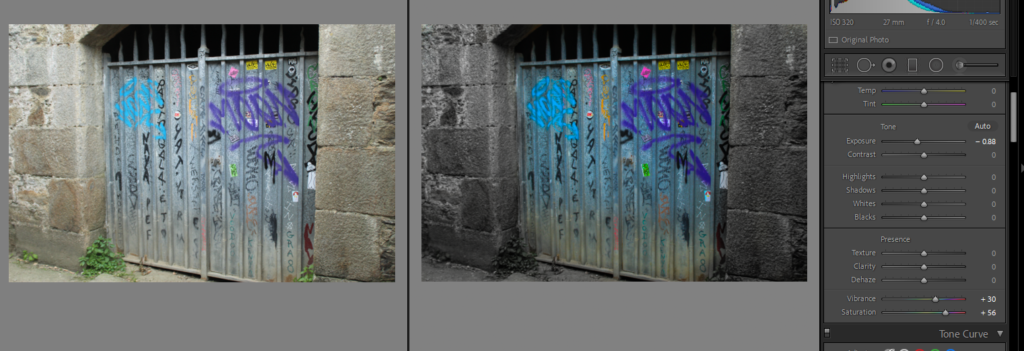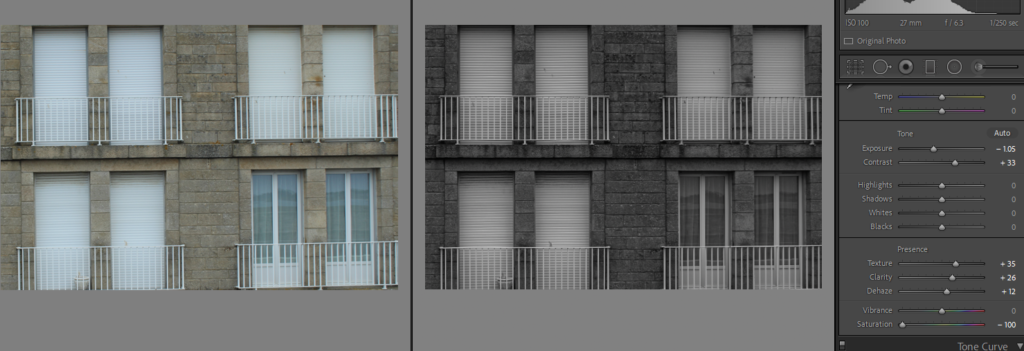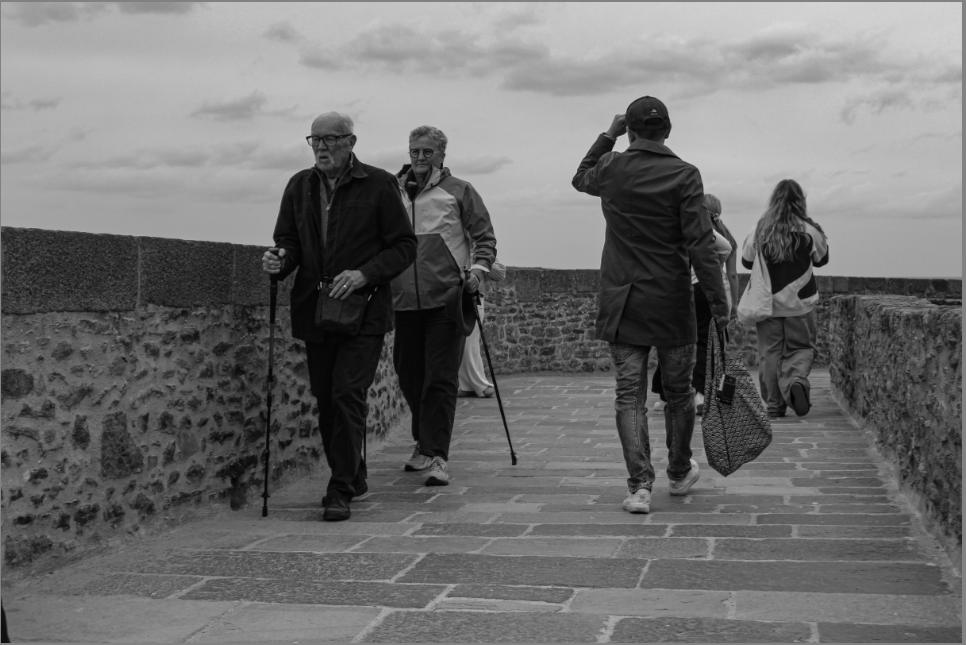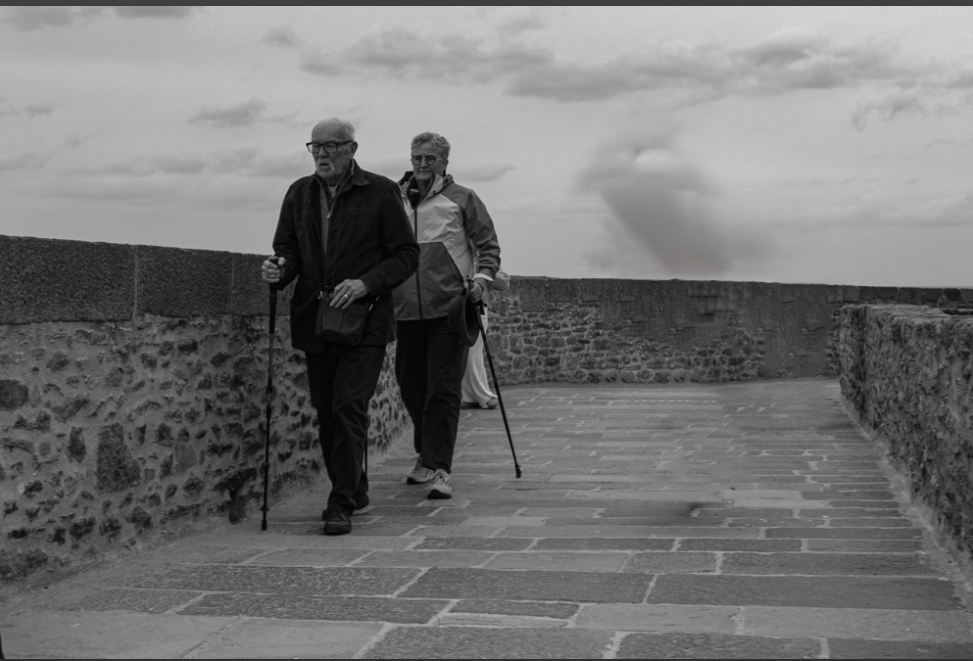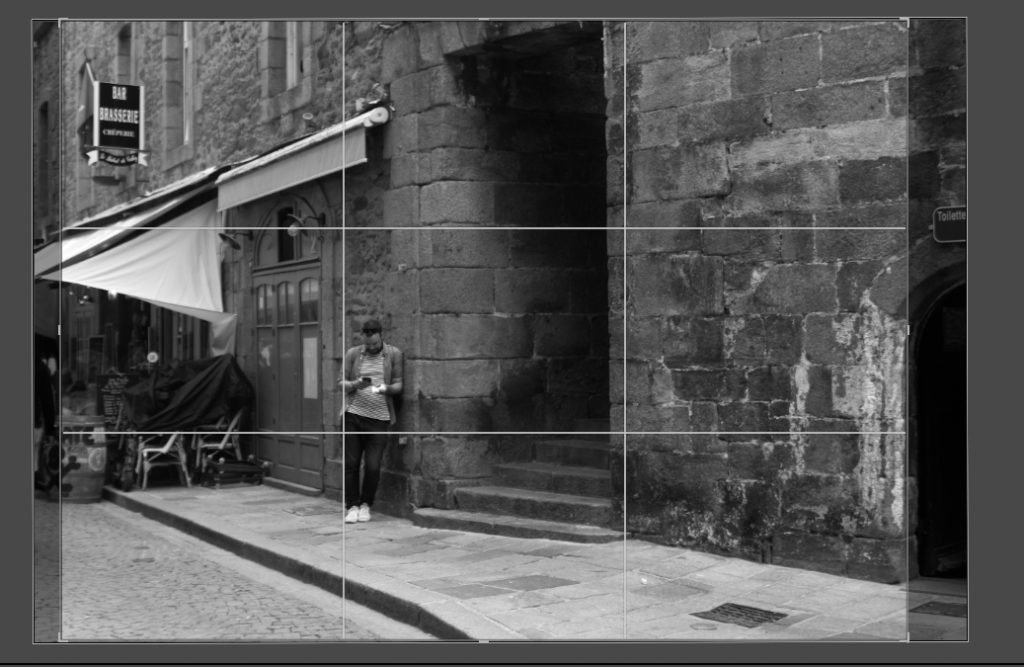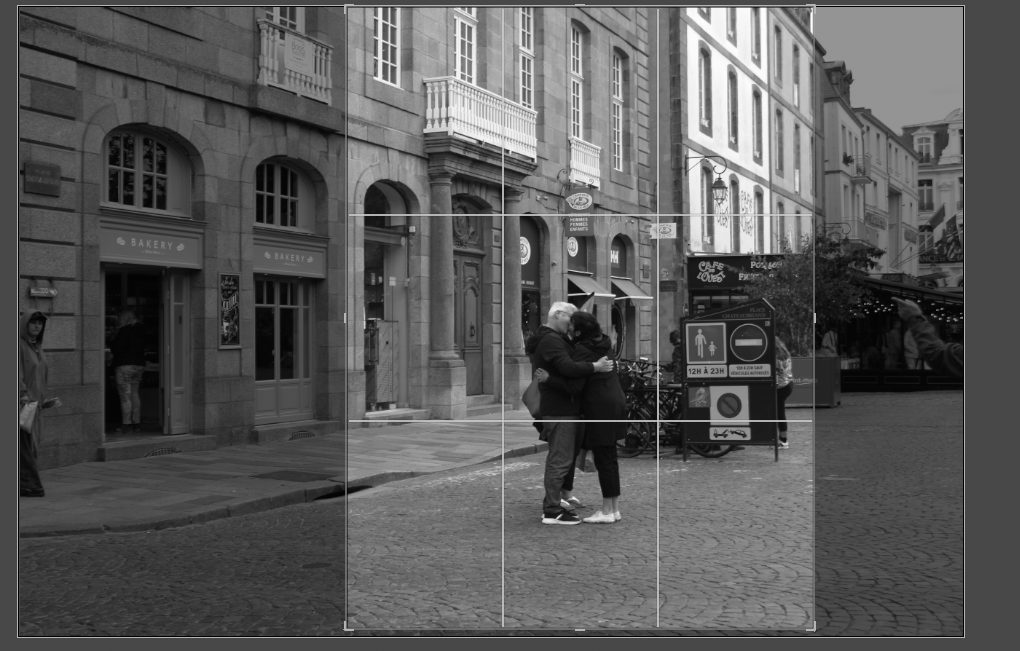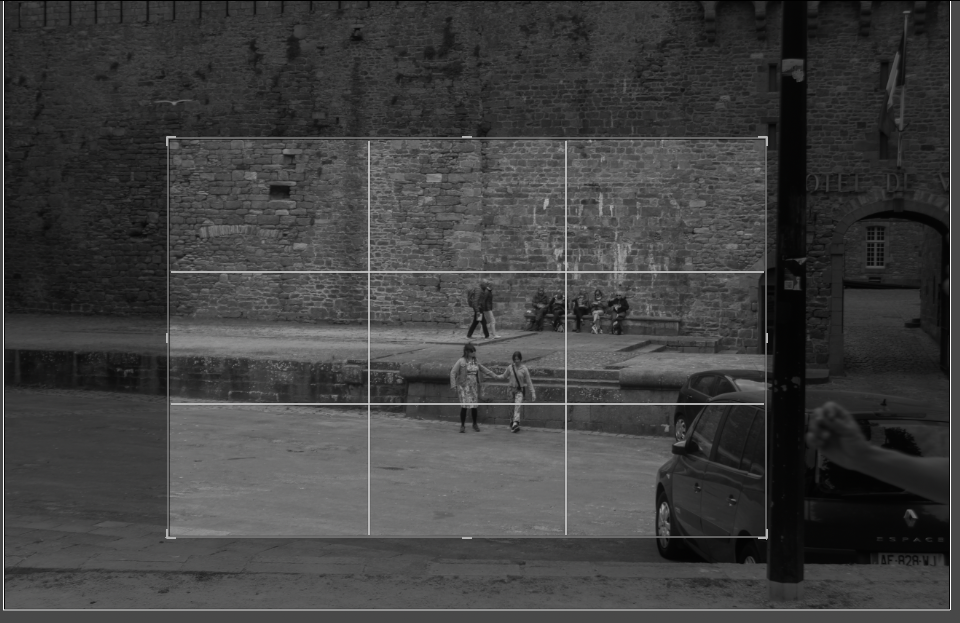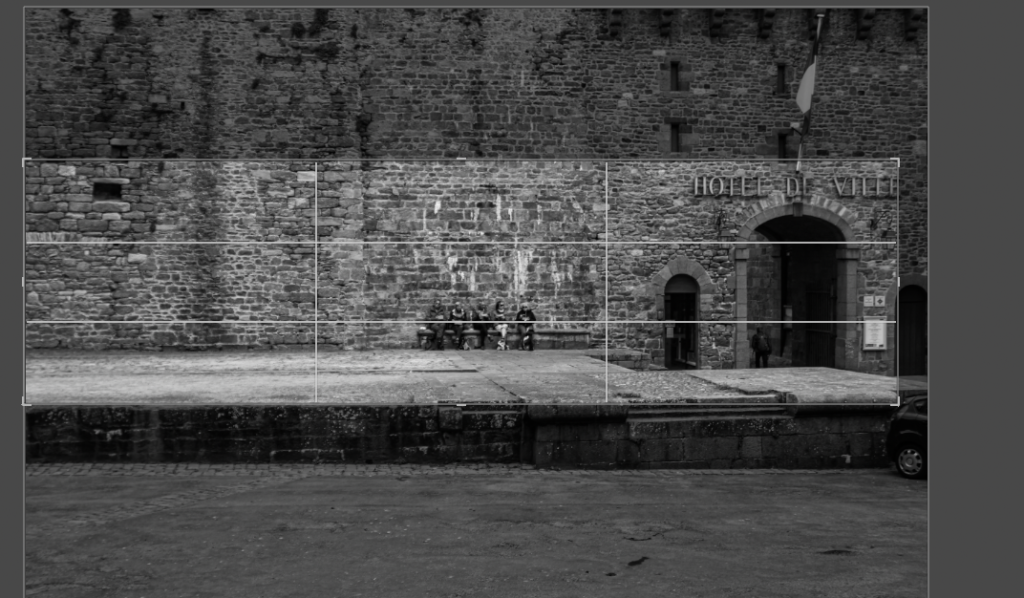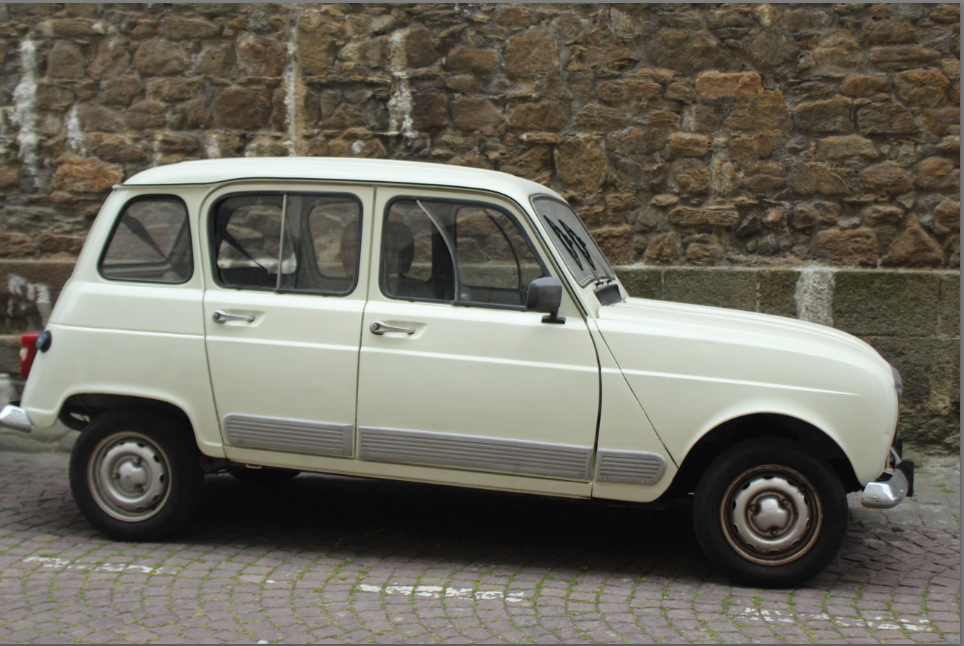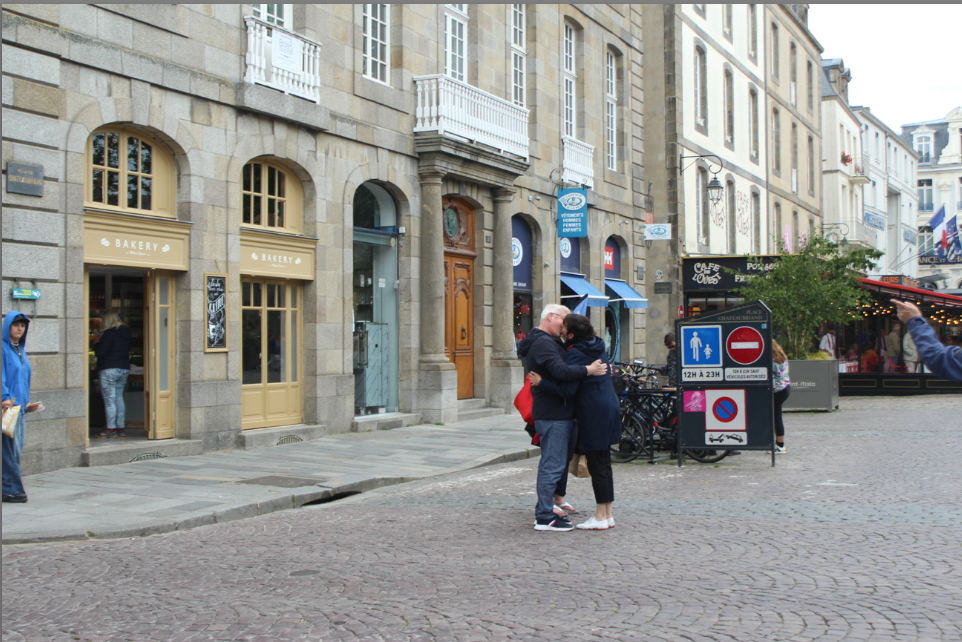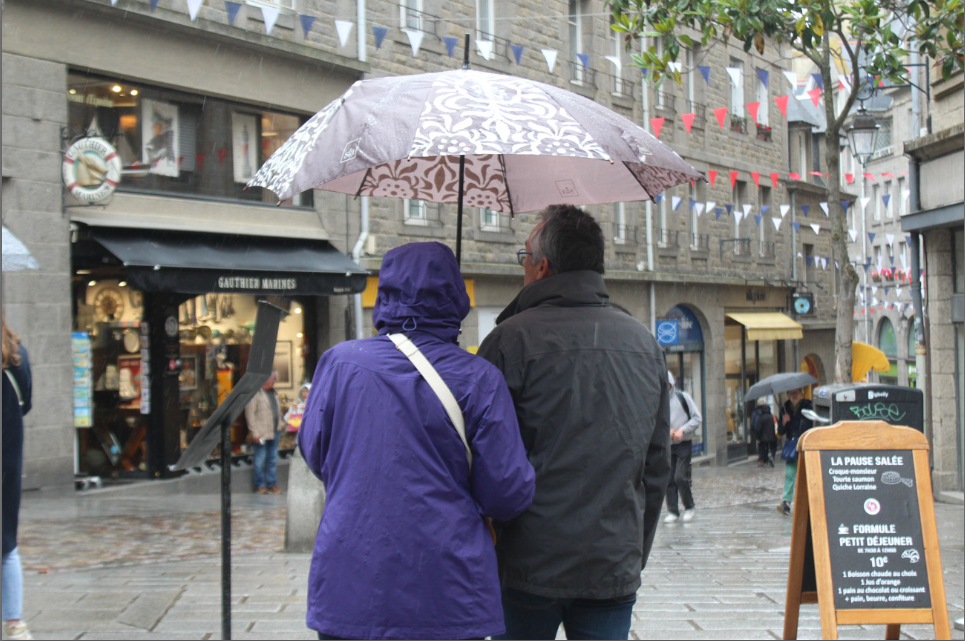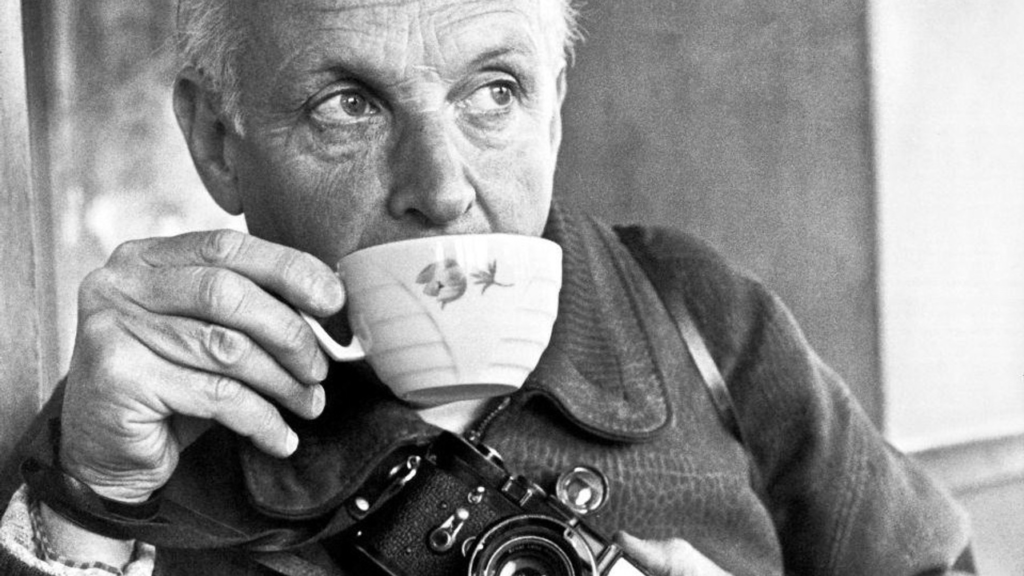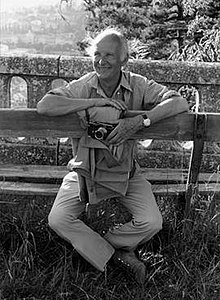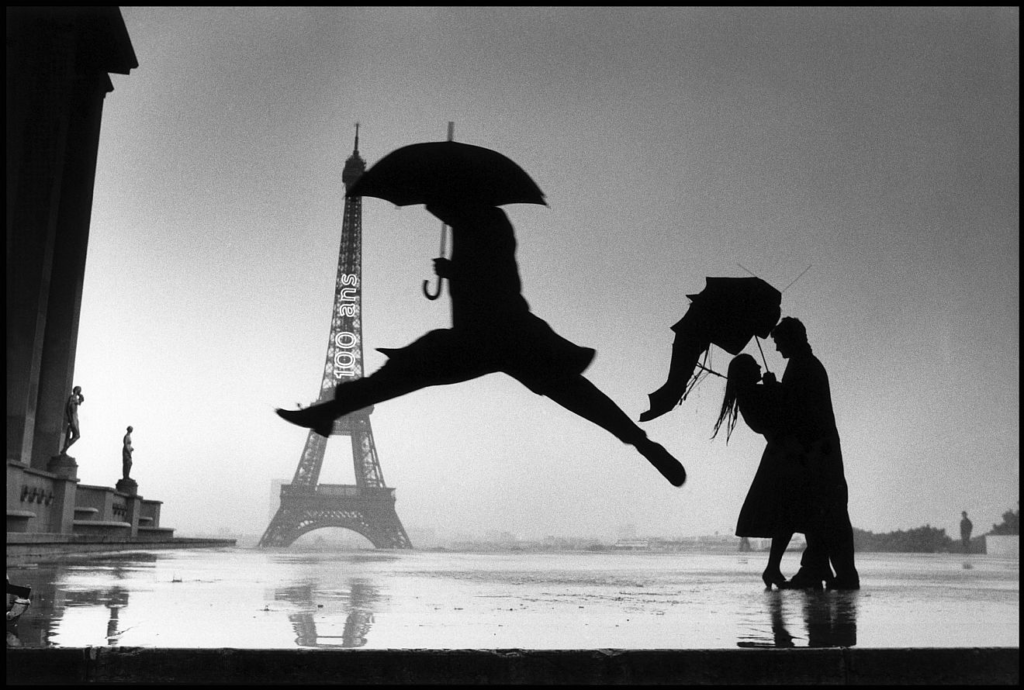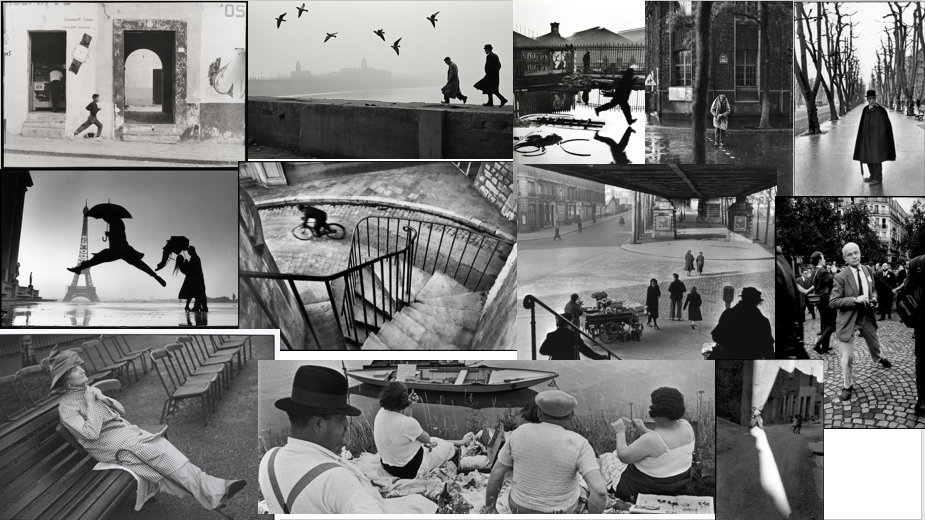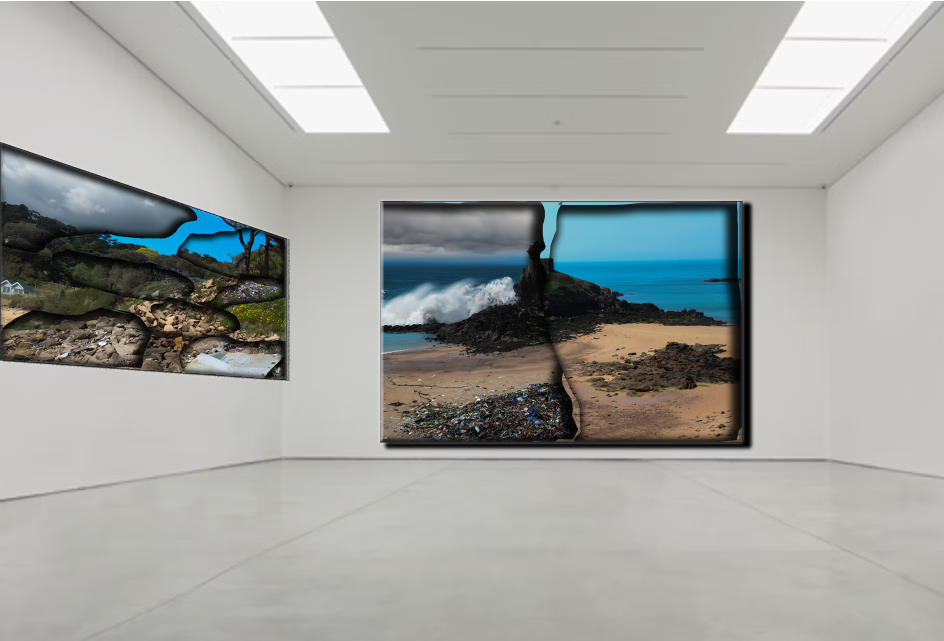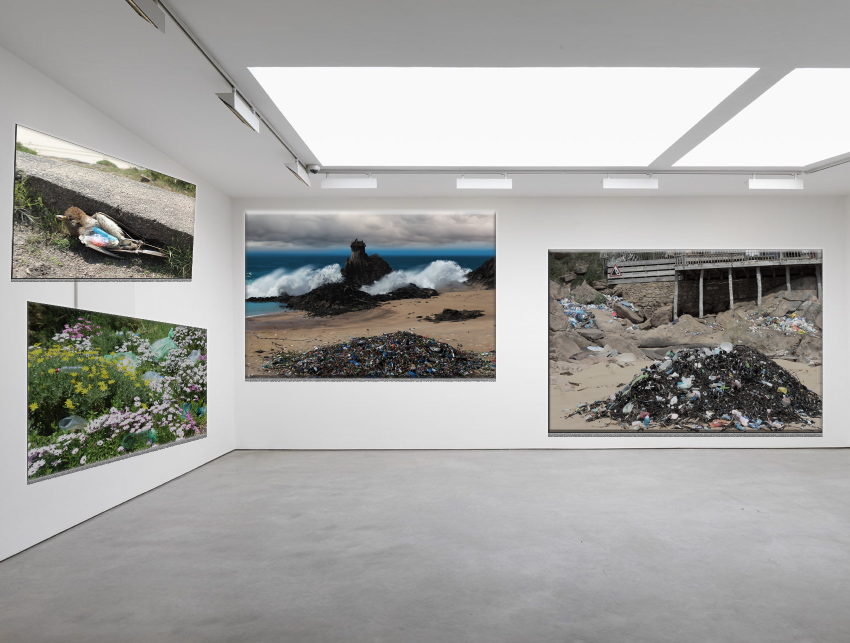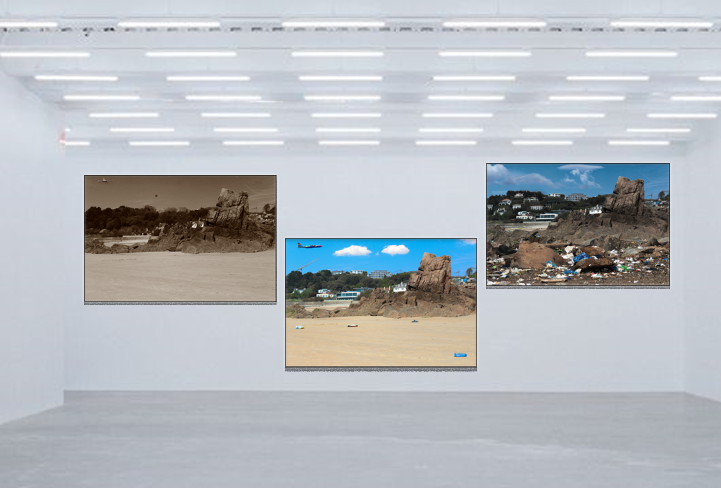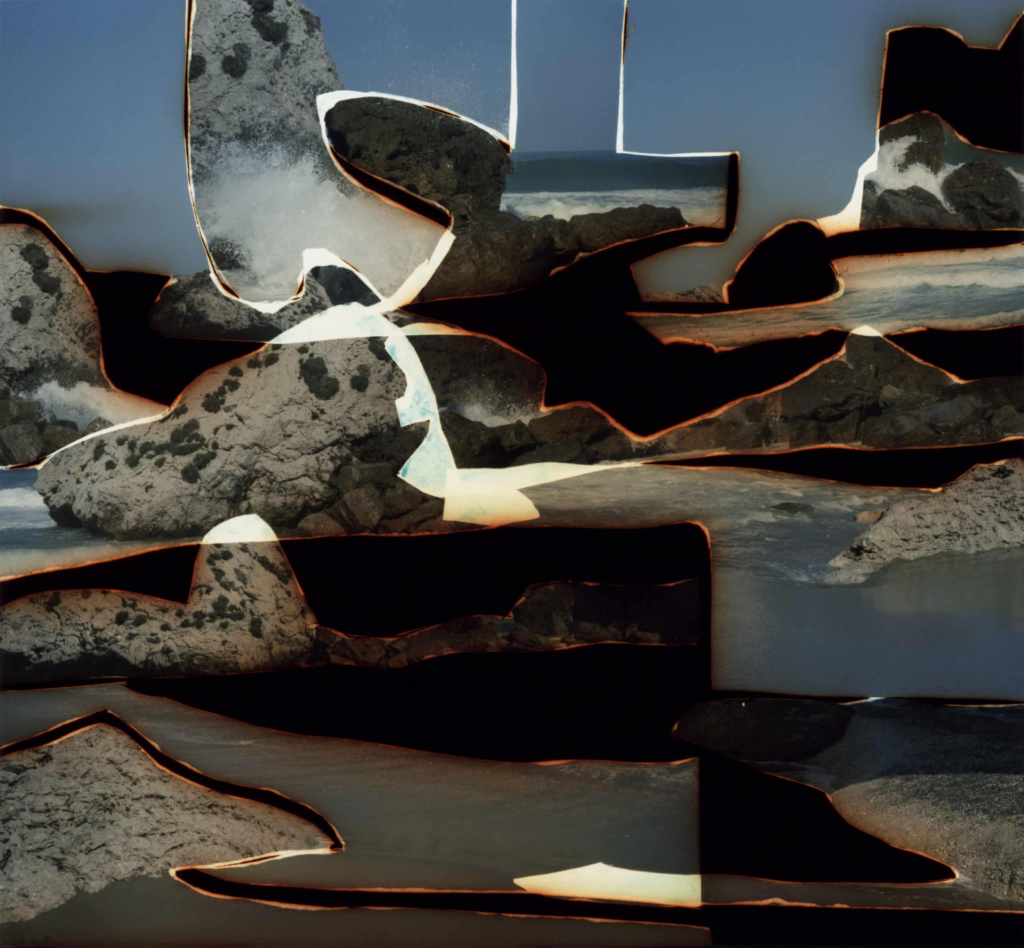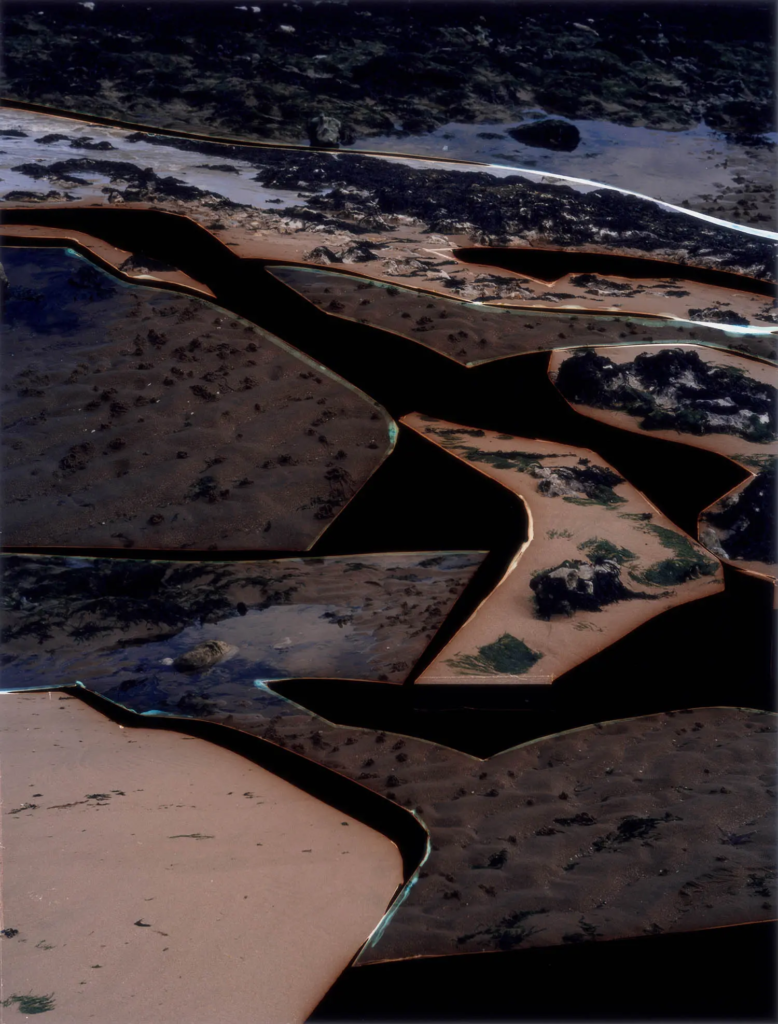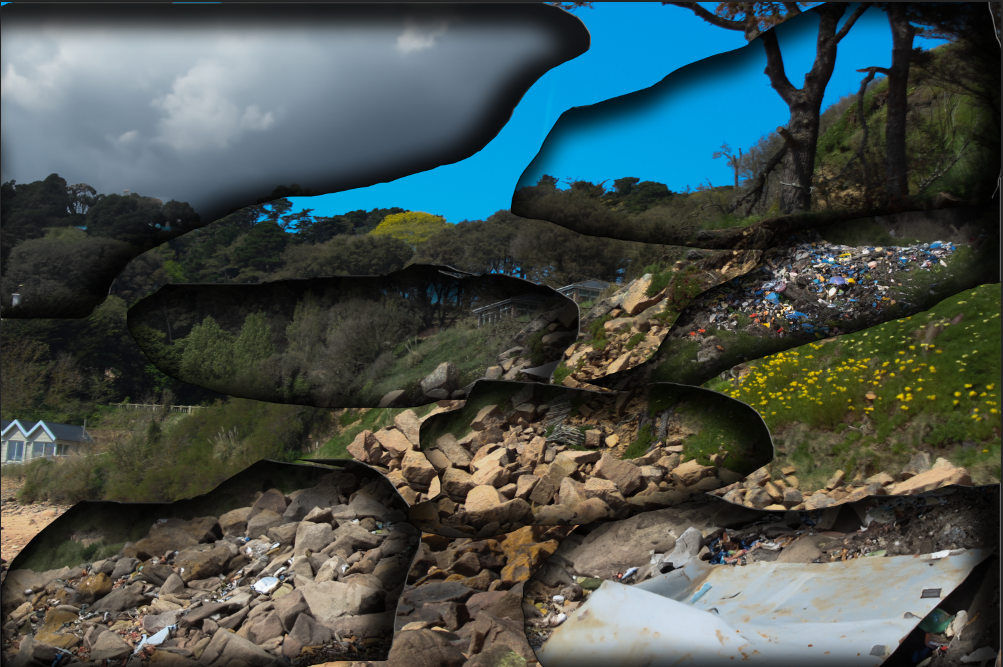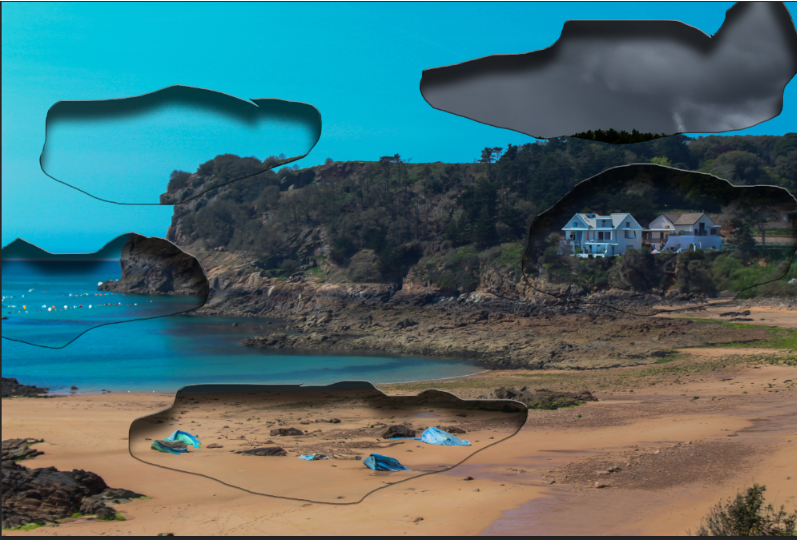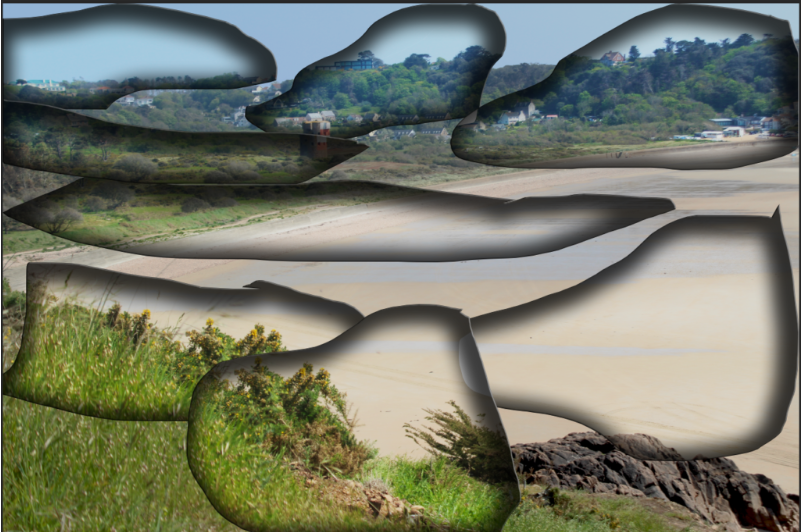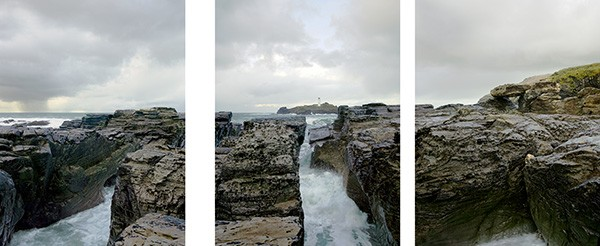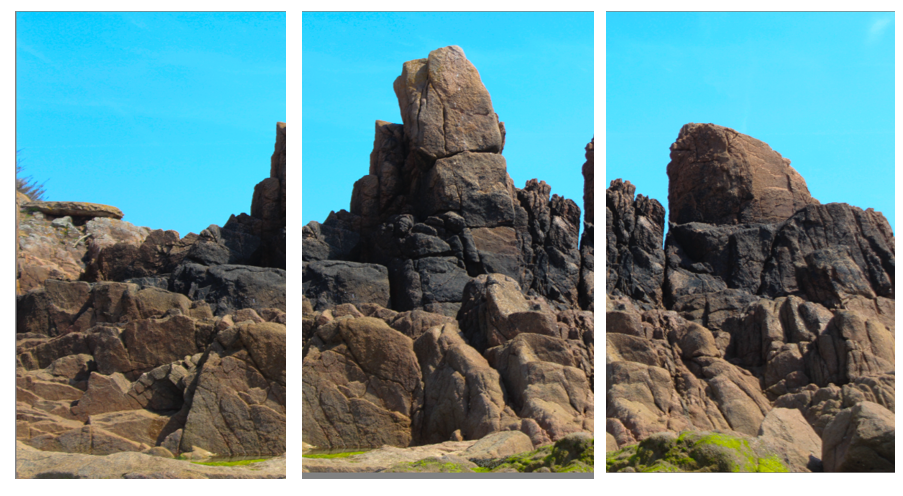- turning ordinary into the extraordinary
- 1928
- andre courtesh
- framing an image
- transforms what it describes
- framing reality
- camera is objective, humans are subjective
Describe how an image is produced using camera obscura
A camera obscura is a box or room that is pitch black, it has one tiny hole in it, that lets light in and creates an upside down version of the image out side on the opposite side of the hole. it takes more time for the image to be produced because the photons have to bounce off objects before entering the pinhole aperture.
The origin of photography essay
The story of photography is a fascinating interplay between art and science, driven by human curiosity and innovation. From its rudimentary beginnings to the sophisticated digital processes we witness today, photography has undergone a profound transformation, reflecting societal changes and technological advancements. The roots of photography can be traced back to ancient times, with notable developments occurring over centuries, leading to the formal establishment of photography in the 19th century.

The first significant phenomenon related to photography is the concept of the camera obscura, a device known to scholars and scientists since antiquity. The camera obscura, Latin for “dark chamber,” is an optical device that uses a small hole or lens to project the image of the outside world onto a surface inside a darkened room or enclosed space. Philosophers and artists, including Mozi and Aristotle in ancient China and Greece, respectively, explored the principles of light projection. However, it wasn’t until the Renaissance that the device found its place in the hands of artists, who used it as a tool for perspective drawing and composition. Artists like Vermeer and Caravaggio are often thought to have utilized the camera obscura to accurately capture the world around them.

Despite these early explorations in optics, the ability to permanently capture images remained elusive for centuries. It wasn’t until the early 19th century that significant progress was made. The birth of photography as we understand it today can largely be attributed to several pioneering individuals and their groundbreaking inventions. One of the most critical figures in this narrative is Joseph Nicéphore Niépce, who is credited with creating the first permanent photograph in 1826 or 1827. Niépce used a process called heliography, employing a pewter plate coated with a light-sensitive substance called bitumen of Judea. After exposing the plate in the camera obscura for several hours, he developed the image using lavender oil, resulting in a grainy, monochromatic picture of the view from his window, known as “View from the Window at Le Gras.”

Niépce’s collaboration with Louis Daguerre marked a turning point in the evolution of photography. Following Niépce’s death in 1833, Daguerre continued to refine photographic techniques. In 1839, he introduced the daguerreotype process, which produced clear and detailed images on polished silver plates. The daguerreotype was the first commercially successful photographic process, quickly capturing the public’s imagination. Its widespread adoption led to the establishment of photography studios around the world, as people flocked to have their portraits taken.

The mid-19th century also saw innovations from other pioneers, including William Henry Fox Talbot, who developed the calotype process. This method allowed for the production of multiple copies of an image from a single negative—a significant advancement that established the groundwork for modern photographic techniques. Talbot’s work underscored the importance of creating negatives, setting a precedent that would shape the future of photography.

As photography gained popularity, it also began to evolve as an artistic medium. The invention of the wet collodion process in the 1850s allowed for even greater detail and shorter exposure times, revolutionizing portrait and landscape photography. Additionally, the introduction of glass plates made photography more accessible and improved the technical quality of images. This time also witnessed the emergence of various styles and movements, including pictorialism, which emphasized the artistic aspects of photography and sought to elevate it to the status of fine art.
The late 19th and early 20th centuries brought further innovations, including the development of roll film by George Eastman, which led to the establishment of Kodak and the mass production of affordable cameras. This democratization of photography allowed ordinary people to capture everyday moments, transforming it from a specialized art form into a widespread practice.

With the advent of color photography in the early 20th century, the landscape of visual representation changed yet again. Technological advancements resulted in commercially viable color processes, such as the Autochrome plate, which became popular in the 1910s and 1920s. These innovations made photography increasingly accessible, allowing it to become a central part of personal and cultural expression.
In the contemporary era, the digital revolution has further transformed photography. The introduction of digital cameras and smartphones has made photography ubiquitous, enabling an unprecedented sharing of images through social media and online platforms. Today, photography functions not only as a means of documentation but also as a powerful tool for communication, artistic expression, and social commentary.

In conclusion, the origin of photography is a rich tapestry woven from centuries of scientific inquiry, artistic motivation, and technological advancement. From the ancient principles of light and optics to the revolutionary invention of the daguerreotype, photography has continually evolved, adapting to cultural and technological changes. As we move forward in the digital age, it is essential to appreciate the profound historical journey that has shaped this dynamic and influential medium, one that continues to capture the essence of human experience in all its complexity.





